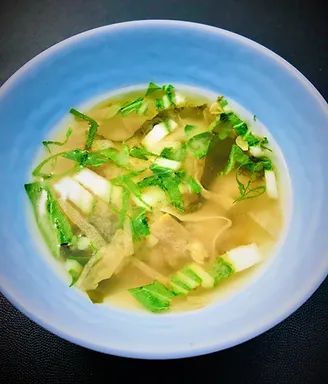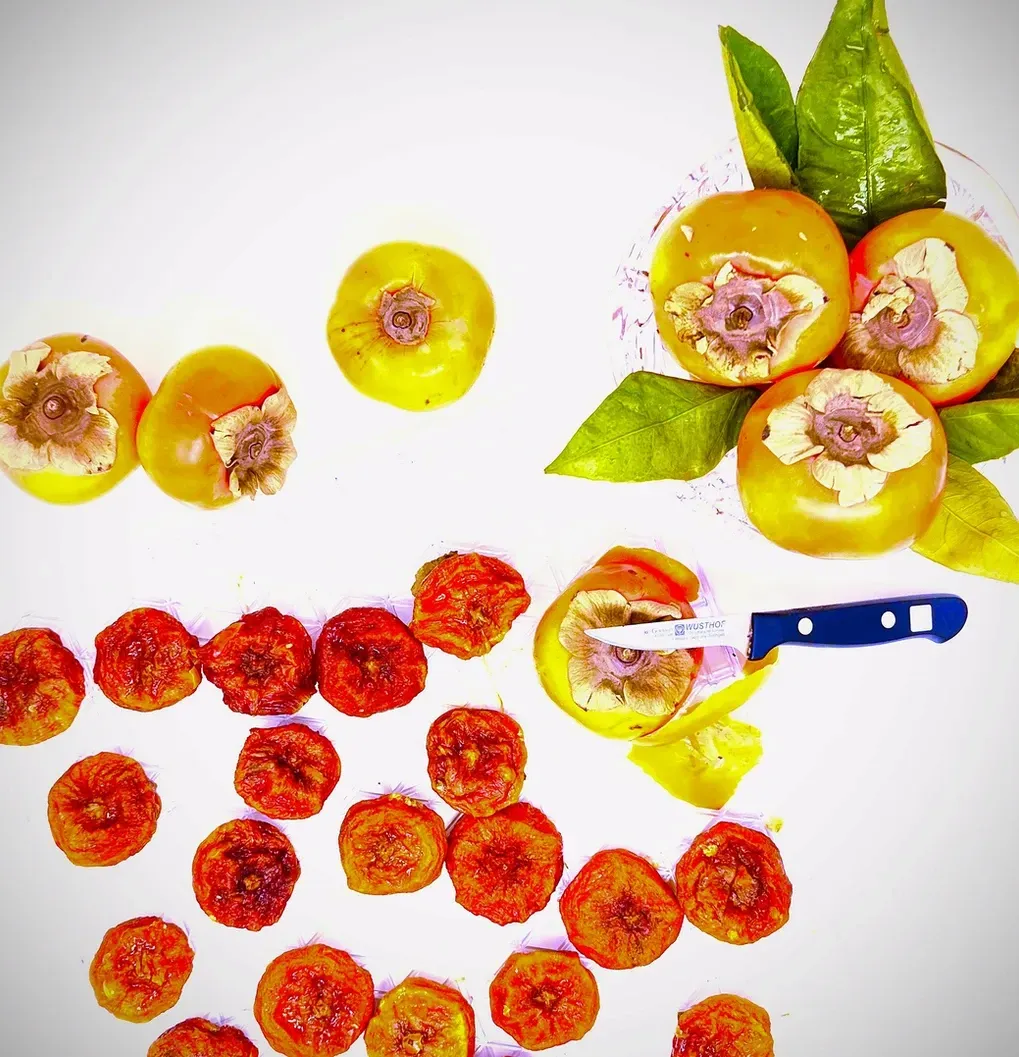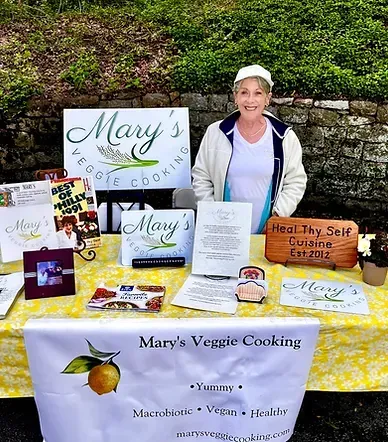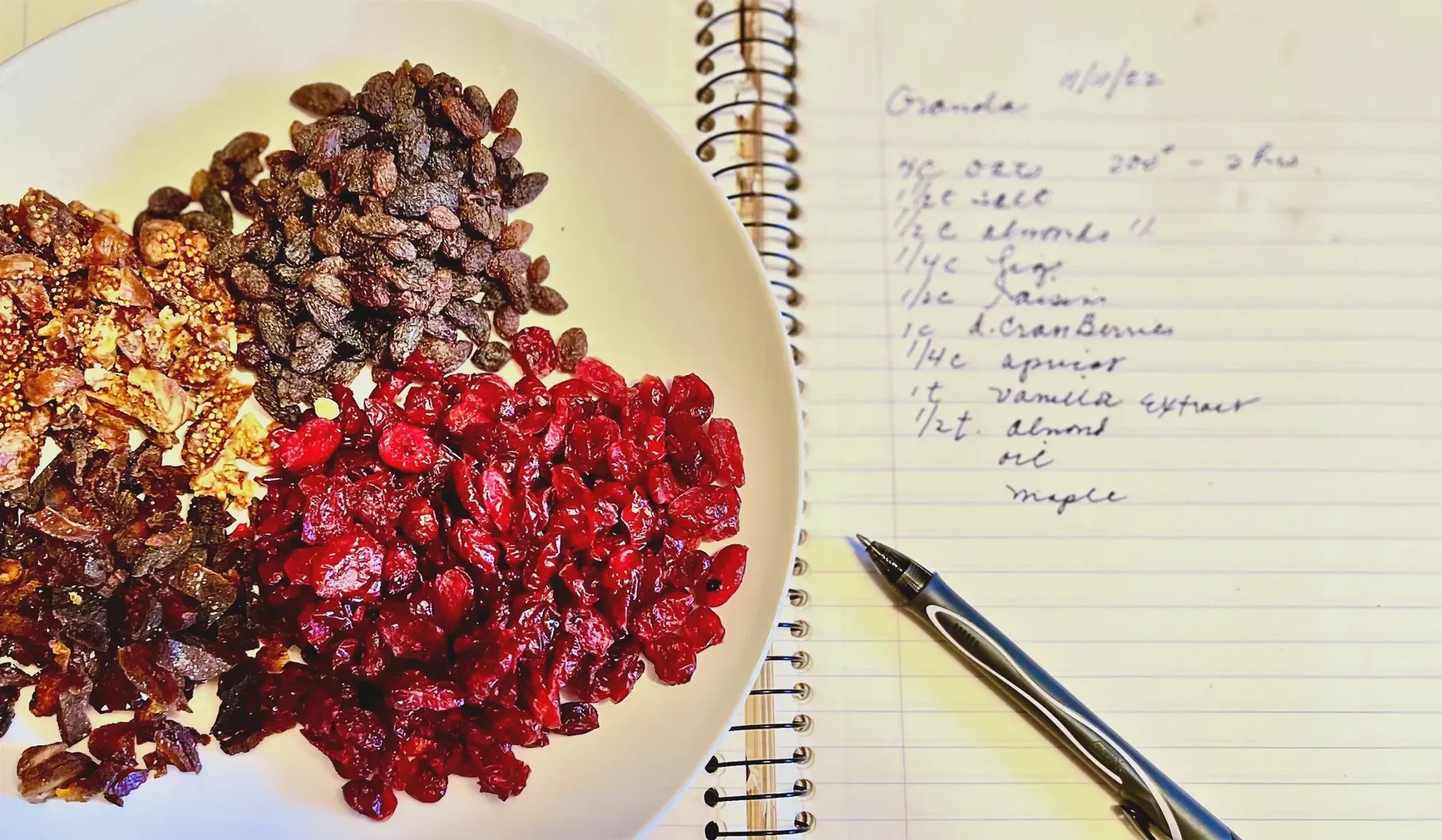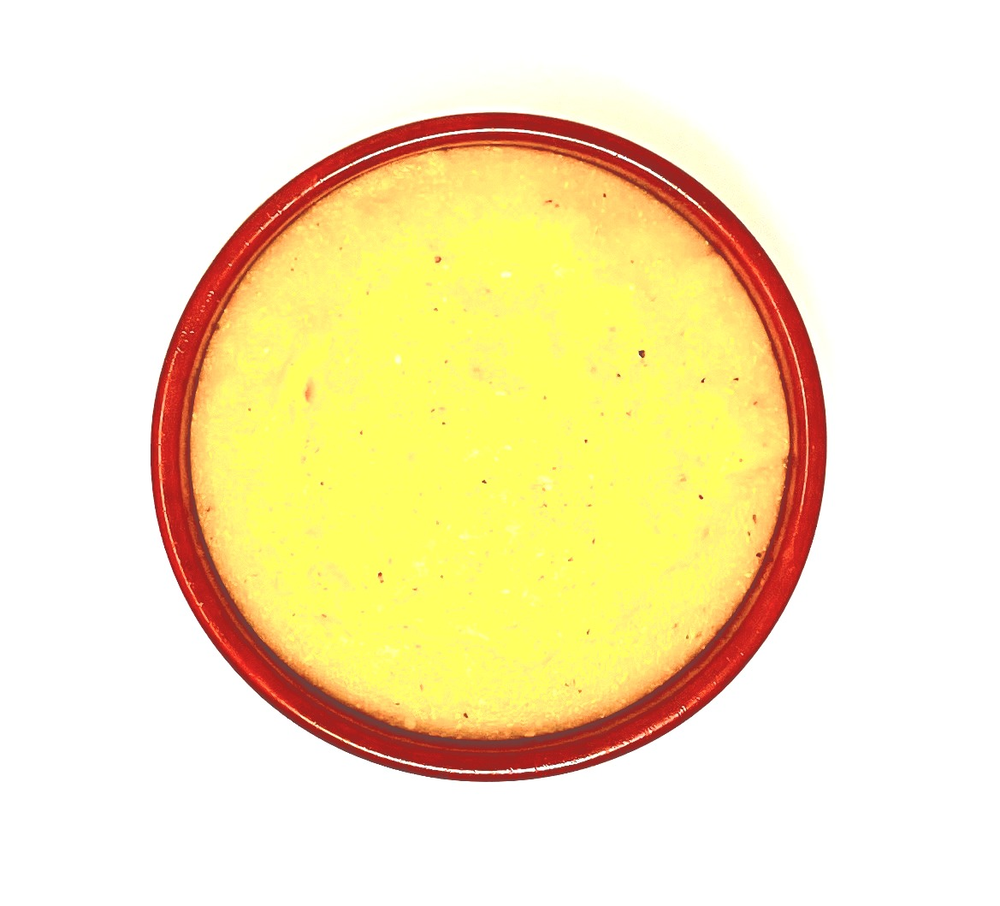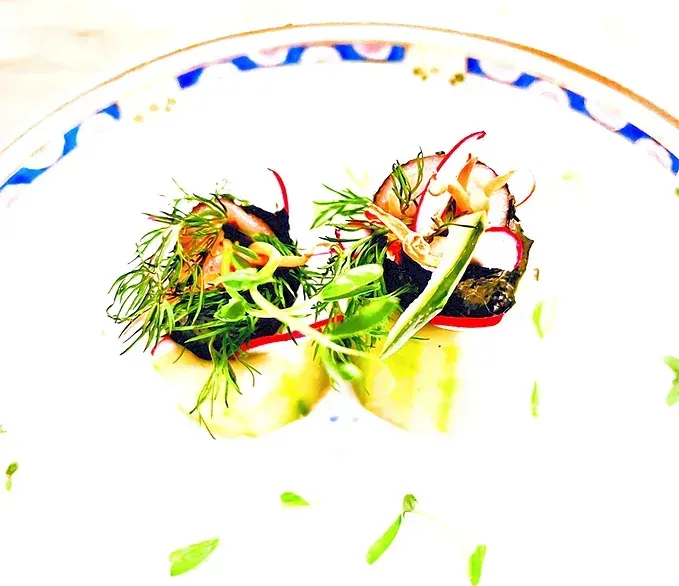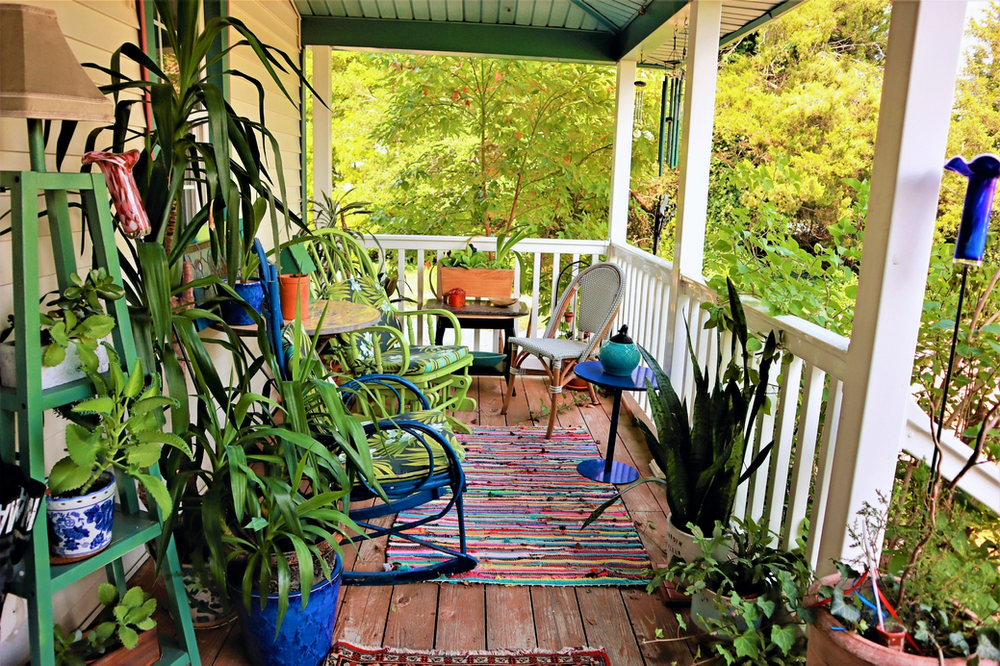Pickled Pink Daikon

I have been making pickles for a long time. Sometimes with immense success and many times disastrous enough for compost. Being able to pickle is one of the most challenging of all challenges for me in the history of all my kitchen endeavors. I do not give
up. So, for those of you hesitating to take the pickle plunge, don't give up because it can be extremely rewarding. Pickling requires fermentation, and fermentation requires many factors,
some of which you will have little control over. There are many ways to study fermentation, simply put it is the process of preserving foods in an acid or salt solution. I am going to talk about my experiences with pickling to share with you through my successes and failures.
First, you must start by having fresh whole ingredients, preferably organic grown. Wash very well. Then begin to cut as you desire. Make sure that all your utensils are clean, clean. You need superior quality additions, such as sea salt, soy sauce, Ume vinegar or juice, miso, vinegar. Make sure the air quality in your kitchen area is fresh and clean, not stale.
Years ago, between 1983 and 1984, I had the supreme honor of working with Sensei Noboru Muramoto. He is the author of Healing Ourselves and Natural Immunity. We processed Sea salt, miso, soy sauce, natto, tempeh and umeboshi with home grown purple shiso. I was always amazed at his hands, everything he touched and made turned to "gold". He explained his hands had years of working with fermented foods, I could only derive that his hands had great power to make the different foods he worked with respond to beyond the intended potential. When we made soy sauce, we first cooked the wheat, then added the koji culture. He would turn the wheat mixture with his hands, the perfume and heat from the big wheat mound was intoxicating. He told me that some people ruined the wheat during fermentation because of the bacteria on their hands. That made a significant impact on me to know how important our hands are in our food preparation. So, hand lotion is not recommended prior to food prep. Also, start with small quantities until you are more comfortable.
There are long term pickles and short-term pickles. This recipe is a short-term pickle since it is ready in just a few days. You may add many accompaniments, such ginger, sesame seeds, tasty herbs, shiso greens, etc.
Ingredients
- White daikon about 1 1/2 inches long to the recipe
- 11/2 Tbsp. Ume vinegar
- 1/4 cup peeled red pepper skin
Preparation
- Slice daikon in half down the center long way. Then slice into thin half-moon slivers.
- Using a Y-paring knife, peel one-half of a red pepper.
- Mix well 1 Tbsp. Ume with the daikon slices. Mix 1/2 tsp. Ume with pepper skin. Add the pepper skins to the daikon, mix well, so the colorful juice begins to come out, saturating and covering the daikon.
- Use a plate with a lip so the daikon can lay flat with the pepper skins on top. Put a flat plate or something to cover completely close. Leave out overnight.
- Next day check to make sure daikon is still saturated. Cover with plastic wrap and put in the refrigerator. After a day or two, the pickles will be ready to eat.
This is considered a light pickle and should be kept for about a week in the refrigerator. Hope you enjoy the taste of fresh daikon dressed in pink.
I have been using a variety of different pickling techniques for a long time. Sometimes it works out and certainly sometimes it does not. I am forever a student of the art of pickling. There are so many variables to depend on in the process. I find the most important is being able to create the best environment for fermentation to occur. Daikon radish is a perfect candidate to work with. It is a strong root vegetable that can hold up for a long time. Being white in its natural color gives a chance to add beautiful colors to be absorbed. And with Valentine's Day coming up, l found pink to be perfect. I hope you will try and enjoy it!


